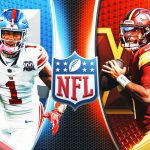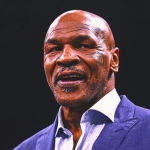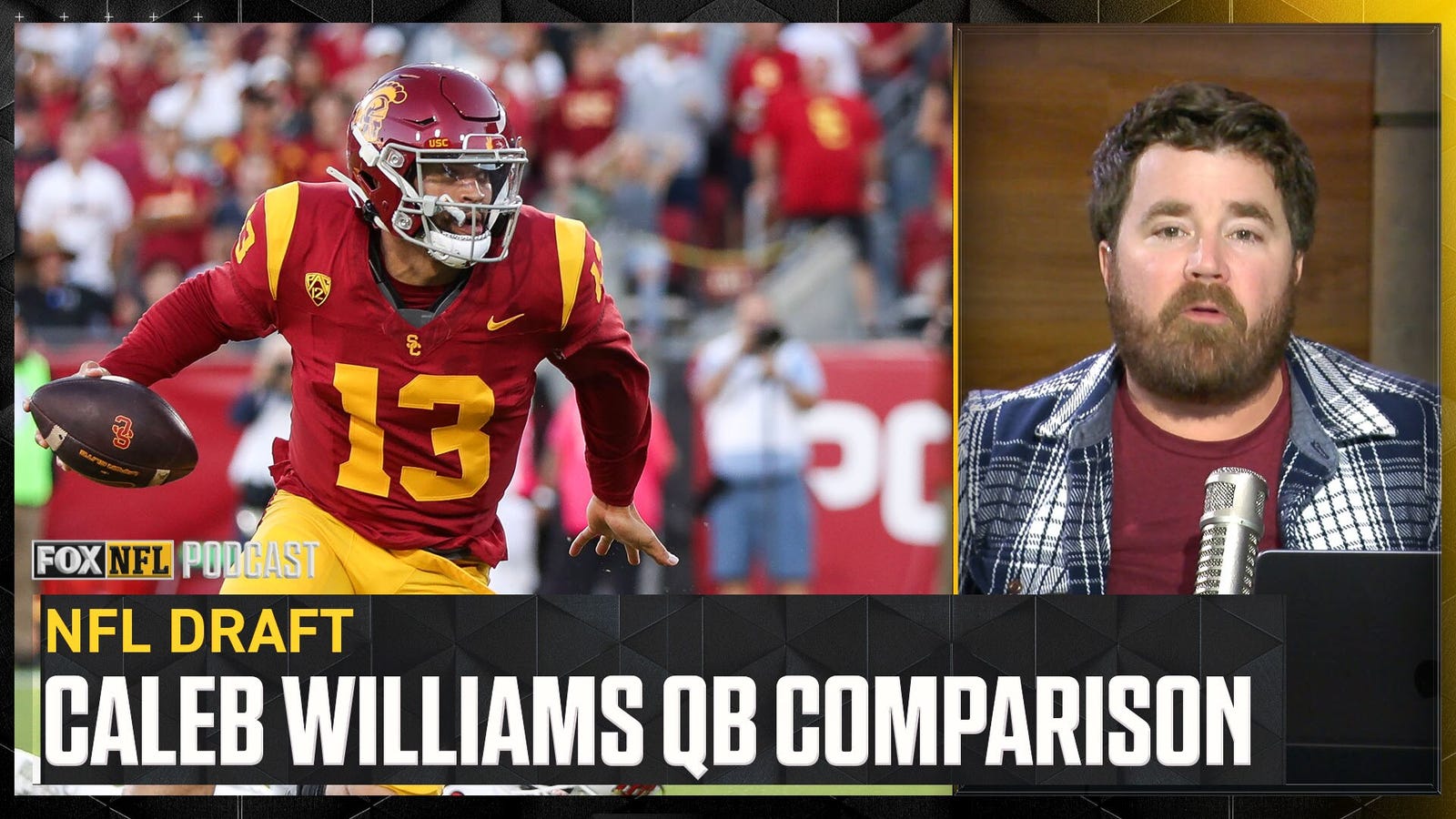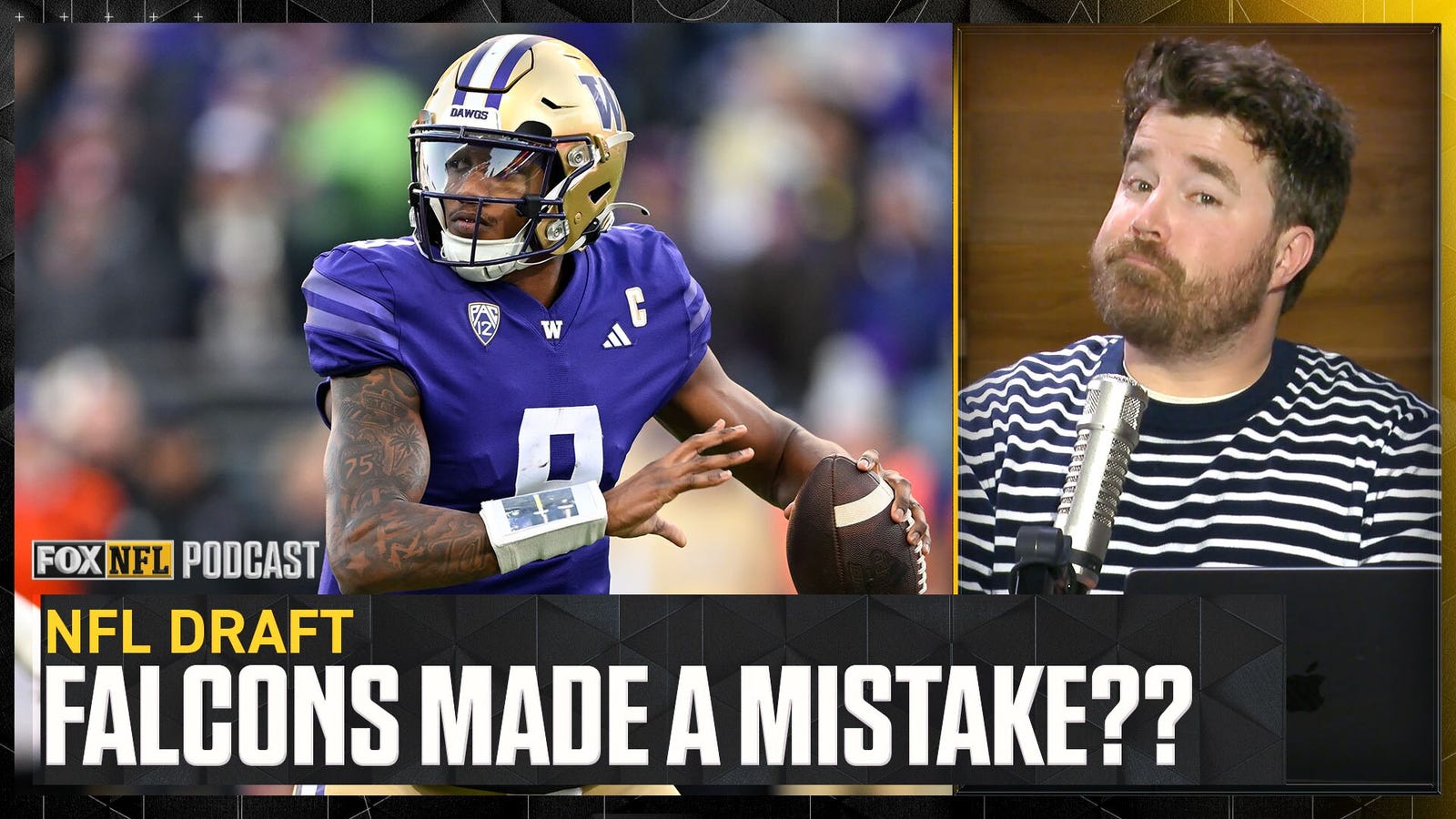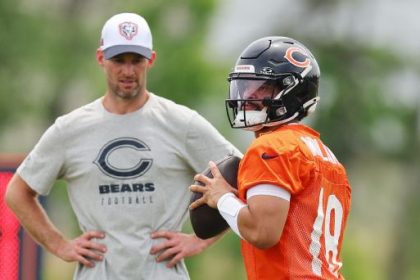The quarterback picks came raining in, one after another after another, with barely a moment’s pause and then a bunch more. This year’s crop broke records, created history and gave us the most easy-to-understand lesson there could possibly be about the economics of winning in the National Football League.
The fact that a whopping six signal-callers were picked in the first 12 selections was a coincidence of timing … and was also anything but.
Yes, this was a class of rare talent in the most important position of all, conferring at least the promise of being as storied as the magnificent group from 1983, the only other occasion when six QBs went in the opening round — and from which three Hall of Famers emerged, led by John Elway.
But this is also a time of fiscal freakishness in the NFL, where front offices are populated by smart folks conversant in statistics and probability and game theory and risk management.
ADVERTISEMENT
[NFL Draft picks, grades and analysis: Bears land pair of A’s for top-10 duo]
You don’t need Patrick Mahomes to tell you just how imperative having a quality QB is to any franchise wishing to become or remain a contender. GMs, with an assist from the analysts around them, are able to put an actual figure on that reality.
In some cases, a dollar amount. On Thursday night, a draft-pick order number. Which, in essence, are part of the same discussion.
As we progress through an era where the market for a top-level thrower has been set by the $55 million annual mark collected by Joe Burrow from the Cincinnati Bengals, the tantalizing opportunity to get a fresh prospect locked up for at least four years at a fraction of the cost is simply too good to pass up.
Caleb Williams, picked first by the Chicago Bears out of USC, will make around $9.6 million a year, per Spotrac. Bo Nix, the sixth QB off the board at No. 12, will collect an estimated $4.6 million per season.
There lies the primary reason behind what we saw. Not that so many QBs came off the board in the first round, but why they did so before the night sky had fully darkened in downtown Detroit.
It is why all of Williams, Jayden Daniels, Drake Maye, Michael Penix Jr., J.J. McCarthy and Nix were wearing new hats and getting interviewed at the same point Jim Kelly, the third QB taken in 1983 at No. 14, was still waiting for a call. Poor Dan Marino had to chill until the 27th spot that year (Elway was picked first), but managed to shrug off the disappointment pretty well in the years that followed.
The math behind the modern method can be interpreted in different ways, but a basic version goes something like this. If you happened to be the Denver Broncos, mulling over whether to choose Nix at 12 or to go with perhaps an elite defensive option, the game of QB boom-or-bust becomes a fluid concept.
Per the numbers, if the Broncos felt Oregon QB Nix had even, say, around a 25 percent of turning into a frontline passer, talking themselves into the pick would have been fairly straightforward, given his paltry earnings compared to the best players at the position.
$40 million-plus to spend elsewhere because your QB makes that amount less than other teams’ starters? Oh OK, you’ve twisted my arm.
After an abundance of chalk, Penix was the first big surprise of the night, chosen in the No. 8 spot after making a strong impression on Atlanta Falcons head coach Raheem Morris, even with the team having just handed Kirk Cousins $100 million in contract guarantees.
The Minnesota Vikings didn’t want to miss their shot, taking no chances by trading up to No. 10 to grab McCarthy, the national champion from Michigan.
The flurry of activity naturally had knock-on effects elsewhere. Defense may colloquially win championships, but being part of the hopeful group from that side of the ball gained no one anything but a long wait as Roger Goodell continued to rack up trips to the lectern.
UCLA edge rusher Laiatu Latu went to Indianapolis with the 15th pick, the lowest position for the first defender in draft history. By the time Latu was plucked from the green room, a couple of hours of ceremonial action had already passed.
[Want great stories delivered right to your inbox? Create or log in to your FOX Sports account, follow leagues, teams and players to receive a personalized newsletter daily.]
With such a QB glut, good players capable of making an immediate impact were being pushed down the board. The Philadelphia Eagles had the cornerback position as a primary need, and could afford to wait until their No. 22 position to pick up Quinyon Mitchell.
As the first round wore on, things balanced out a little between offense and defense, but that didn’t fool anyone, for the trend had already been set.
This will go down as the draft of the quarterback, for reasons of common sense … and dollars and cents.
Martin Rogers is a columnist for FOX Sports. Follow him on Twitter @MRogersFOX and subscribe to the daily newsletter.
recommended
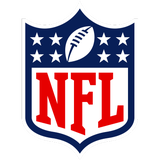
Get more from National Football League Follow your favorites to get information about games, news and more




